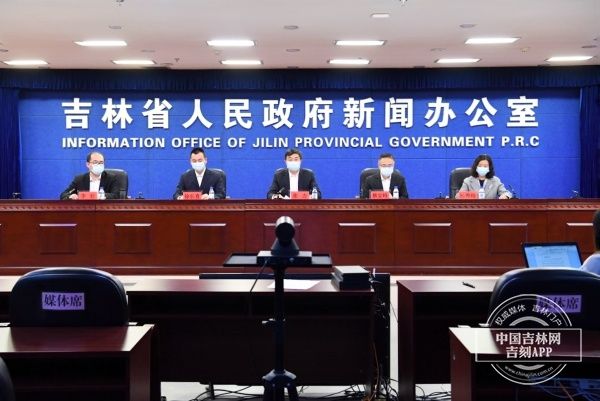Original title: Industry Interpretation: In the future, asymptomatic and light patients may become mainstream in quarantine and observation in shelters

On March 17, the Jilin Provincial Government Information Office held the 38th press conference on Jilin Province’s epidemic prevention and control work. Regarding the “New Coronavirus Pneumonia Diagnosis and Treatment Plan (Trial Version 9 Revised Version)” issued by the National Health Commission and the State Administration of Traditional Chinese Medicine on March 15, what are the main differences from the eighth version? Yang Junling, deputy director of the Department of Respiratory and Critical Care Medicine at the Second Hospital of Jilin University, made an interpretation.

She said: The ninth edition of the diagnosis and treatment plan is exactly one year apart from the eighth edition. Since the characteristics of this year’s epidemic are different from last year in many respects, the National Health and Health Commission has timely revised the “Diagnosis and Treatment Plan for Novel Coronavirus Pneumonia” according to the characteristics of this round of epidemics. Generally speaking, the biggest difference between this scheme and the eighth edition is mainly reflected in the following aspects:
First of all, this protocol emphasizes that the Ormicon strain has replaced the delta strain as the main circulating strain. Compared with the delta strain, the Omicron strain is more infectious and faster, but the pathogenicity is reduced. Nearly 95% of the cases in our province are asymptomatic and mild.
Secondly, the ninth edition of the diagnosis and treatment plan canceled the diagnosis of asymptomatic infections. For mild cases and asymptomatic infected people, only centralized isolation management and observation are required, and no designated hospital treatment is required. Symptomatic treatment and condition monitoring should be done during the isolation management period. If the condition worsens, it needs to be transferred to a designated hospital for treatment. At the same time, it is emphasized that discharged patients will no longer be isolated for 14 days, and only need to be monitored at home for 7 days. With the implementation of the new version of the plan and the successive application of self-testing virus antigen kits, it may become mainstream for asymptomatic and mild patients to be isolated and observed in shelters in the future.
Furthermore, the new version includes two new specific antiviral drugs into the plan, PF-07321332/ritonavir tablet (Paxlovid) and ambavirumab/romisevirumab injection. It can be used for both mild and ordinary patients with high risk factors for developing severe or critical disease. At the same time, in the new plan, the importance and effectiveness of traditional Chinese medicine in the treatment of new coronavirus infection is reiterated.
As you have seen, 95% of the patients infected by this epidemic in our province are asymptomatic and mild. In addition to the characteristics of the infected Omicron strain, there is also the fact that most of the patients have been vaccinated against the new crown , which is also one of the effective means to reduce the incidence of severe illness and death. Therefore, the new version of the plan emphasizes that residents who meet the requirements for vaccination should be vaccinated against the new crown vaccine, and those who meet the requirements for booster immunization should receive booster immunization in time.
Wang Xin/Wen Luo Hao/Photo by China Jilin.com Jike APP reporter